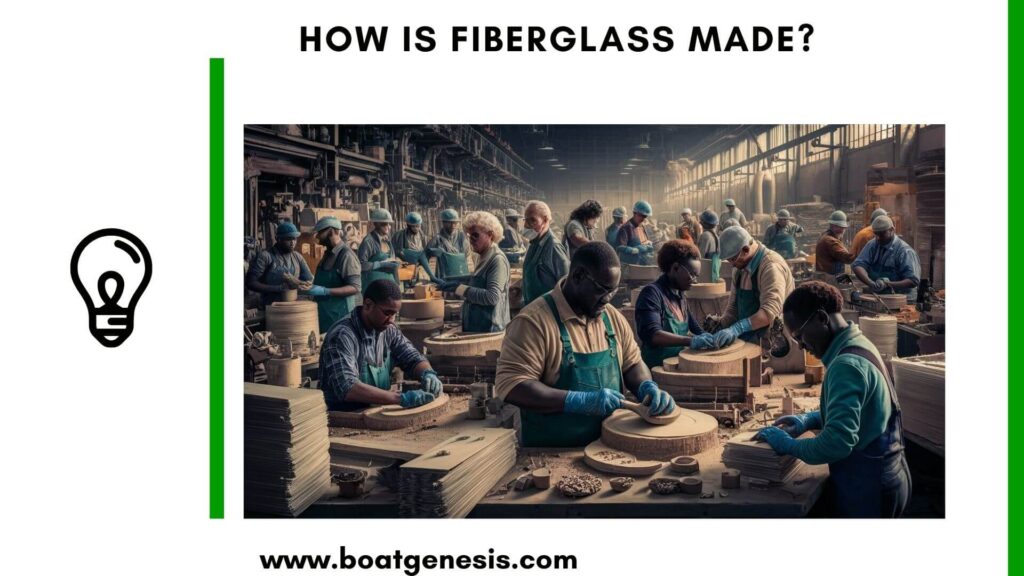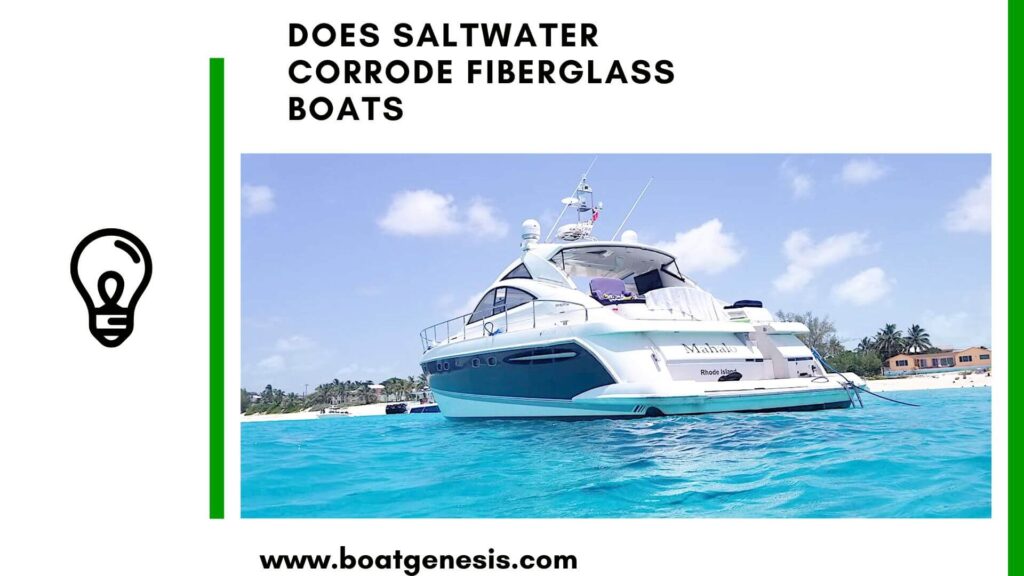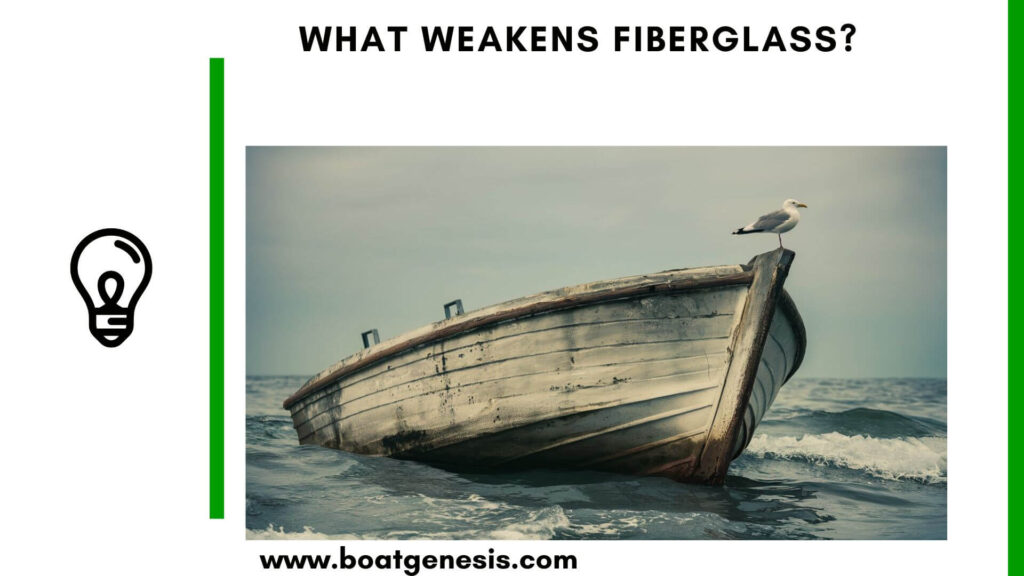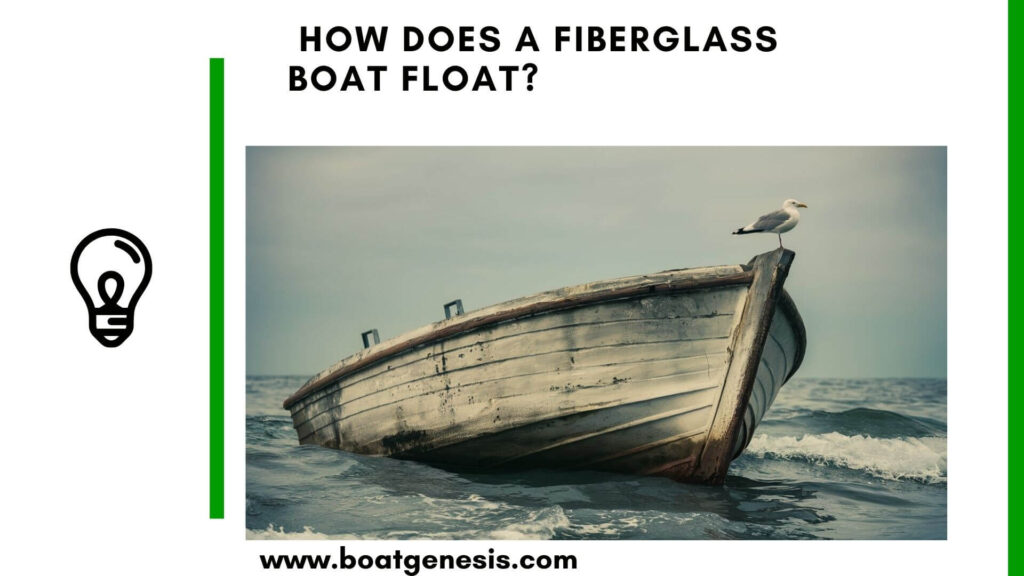Fiberglass, also known as glass fiber, is a versatile material used in various applications, from insulation to boat building. But have you ever wondered how this remarkable material is made?
In this in-depth article, we’ll explore the fascinating process of manufacturing fiberglass and uncover some lesser-known facts along the way.
Let’s get started.
How is Fiberglass Made?
1. The Raw Materials
The journey of fiberglass begins with a mix of raw materials, primarily silica sand, limestone, kaolin clay, and dolomite. These ingredients are carefully selected and prepared to ensure the highest quality of the final product.
2. Melting the Mixture
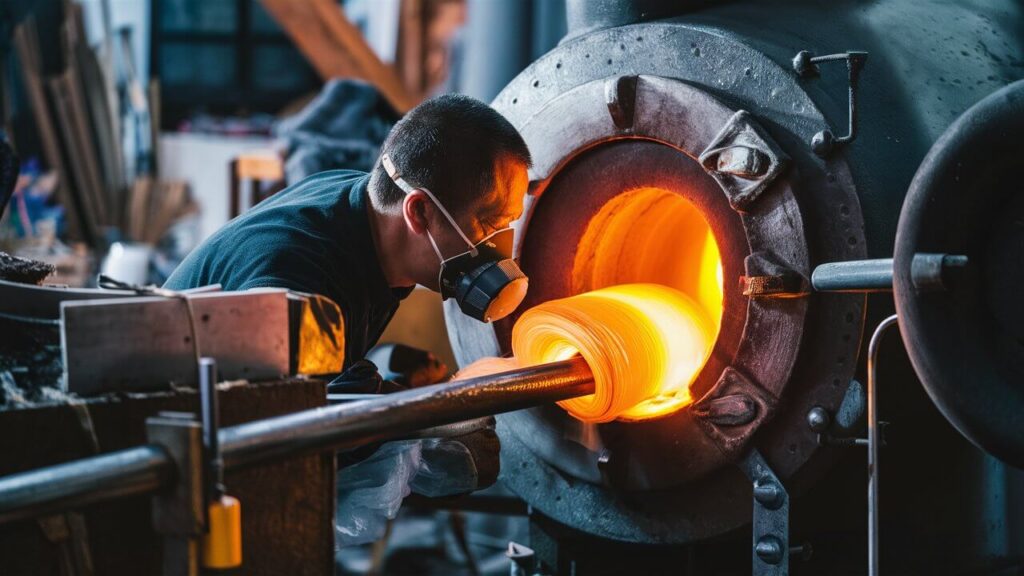
The raw materials are then melted together in a furnace at temperatures reaching a scorching 1720°C/3128°F. At this point, the mixture transforms into a molten state, ready for the next step in the process.
3. Spinning the Fibers
The molten glass is then forced through superfine holes, creating thin strands of glass filaments.
This process, known as spinning, is the key to creating the signature fibrous structure of fiberglass.
The diameter of these filaments can be finer than a human hair, showcasing the precision involved in the manufacturing process.
4. Coating and Binding
Once the glass filaments are formed, they are coated with a special chemical solution called a binder. This binder helps to protect the fibers and enhance their performance properties.
The coated fibers are then bundled together to create larger strands, ready for weaving or other processing methods.
5. Shaping and Curing
Depending on the intended application, the fiberglass strands can be woven into fabrics, chopped into short fibers, or used in various other forms.
The fiberglass is then combined with a suitable resin, such as polyester or epoxy, and shaped into the desired product.
Finally, the resin is cured, typically using heat, to create a strong and durable finished product.
==>> Also read: When was Fiberglass invented?
The Versatility of Fiberglass
One of the most remarkable aspects of fiberglass is its versatility. From the automotive industry to the world of sports equipment, fiberglass finds its way into countless products.
Its lightweight, strong, and corrosion-resistant properties make it an ideal choice for a wide range of applications.
The Environmental Impact
While fiberglass has many benefits, it’s essential to consider its environmental impact.
The production process involves high energy consumption and can generate air pollutants.
However, the fiberglass industry has made significant strides in recent years to reduce its environmental footprint, with many manufacturers adopting more sustainable practices and exploring eco-friendly alternatives.
The Future of Fiberglass
As technology advances, so too does the world of fiberglass. Researchers are continually exploring new ways to enhance the properties of fiberglass and develop innovative applications.
From self-healing composites to fiberglass recycling initiatives, the future of this remarkable material looks bright.
Final Word
In conclusion, the process of making fiberglass is a fascinating blend of science and engineering.
From the carefully selected raw materials to the precise spinning and shaping techniques, every step plays a crucial role in creating this versatile and essential material.
With its countless applications and ongoing advancements, fiberglass continues to shape our world in ways we might not even realize.
So the next time you encounter a product made with fiberglass, take a moment to appreciate the incredible journey it underwent to reach you.
To learn more about the history and characteristics of fiberglass, check out this informative article from Xometry. And for a visual demonstration of the fiberglass manufacturing process, watch this engaging video from YouTube.

